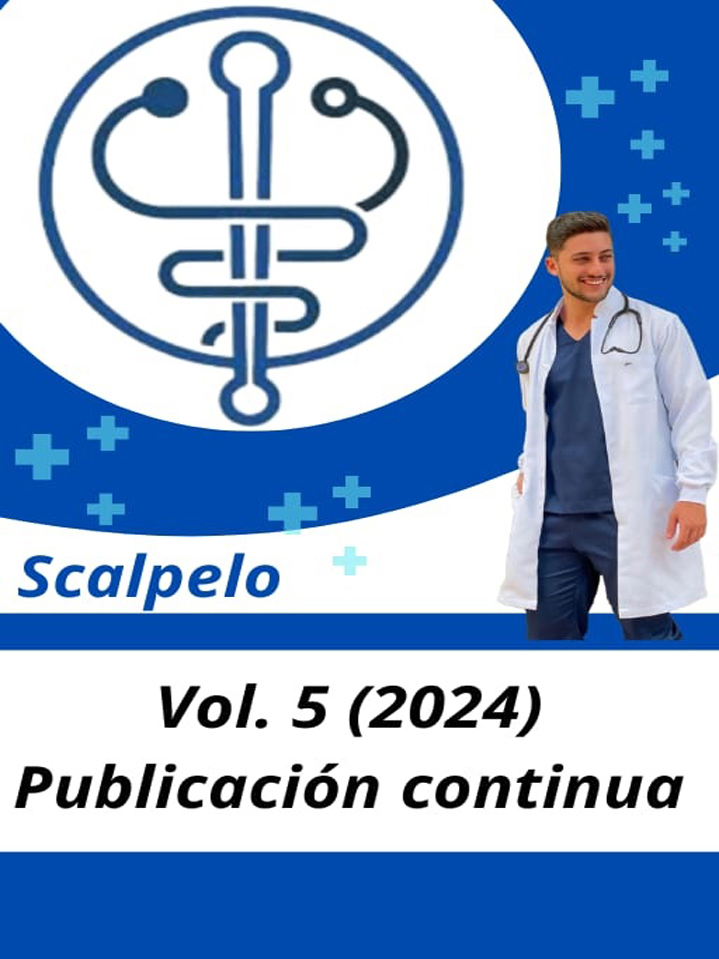Ambiguous genitalia in newborn. Presentation of a case
Keywords:
Sexual development, Ambiguous genitalia, Intersex genitalia, Hermaphrodite, Hermaphroditism, Neonate, Reproductive organs, Sexual organs, Newborn.Abstract
Introduction: ambiguous genitalia are present in newborns with unclear appearance of their external genitalia, diagnosis can often be difficult and requires a multidisciplinary approach.
Case presentation: term newborn with good weight son of a 39 year old mother, with personal pathological history of Arterial Hypertension and family pathological history of hypertensive father and cardiopathic mother, obstetric history of Gestation 5 Deliveries 3 and Abortions 2, group and factor O+, non-reactive serology, HIV negative, anemia throughout pregnancy, vaginal Candida infection in the II trimester product of a previous dystocic delivery by cesarean section, gestational age of 41. 1 weeks and birth weight of 3400g, ambiguous sex, Apgar 9/10, cord with lax circular at the neck, clear amniotic fluid, TRM: 0 h, normal and complete placenta, arrives at the neonatology service closed from the delivery room for presenting ambiguous genitalia without other symptoms.
Conclusions: ambiguous genitalia represent a significant challenge for both diagnosis and clinical management and require a multidisciplinary approach that integrates the expertise of various specialists.
Downloads
Published
How to Cite
Issue
Section
License
Copyright (c) 2025 Scalpelo

This work is licensed under a Creative Commons Attribution-NonCommercial-NoDerivatives 4.0 International License.
Aquellos autores/as que tengan publicaciones con esta revista, aceptan los términos siguientes: Los autores/as conservarán sus derechos de autor y garantizarán a la revista el derecho de primera publicación de su obra, el cual estará simultáneamente sujeto a la Licencia de reconocimiento de Creative Commons (CC-BY-NC 4.0) que permite a terceros compartir la obra siempre que se indique su autor y su primera publicación esta revista.
Los autores/as podrán adoptar otros acuerdos de licencia no exclusiva de distribución de la versión de la obra publicada (p. ej.: depositarla en un archivo telemático institucional o publicarla en un volumen monográfico) siempre que se indique la publicación inicial en esta revista. Se permite y recomienda a los autores/as difundir su obra a través de Internet (p. ej.: en archivos telemáticos institucionales o en su página web) antes y durante el proceso de envío, lo cual puede producir intercambios interesantes y aumentar las citas de la obra publicada. (Véase El efecto del acceso abierto).






